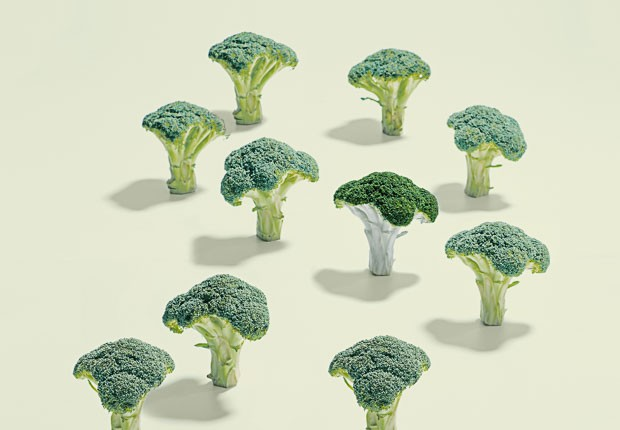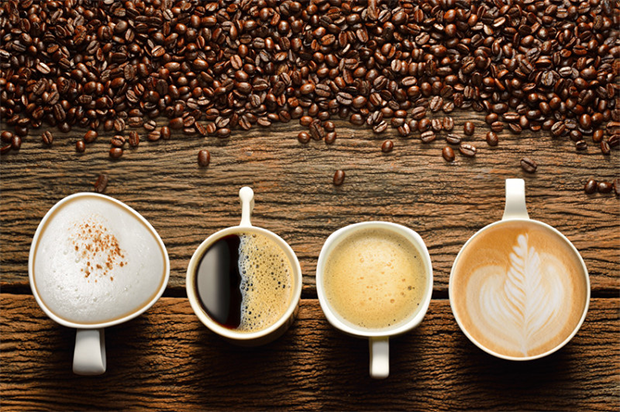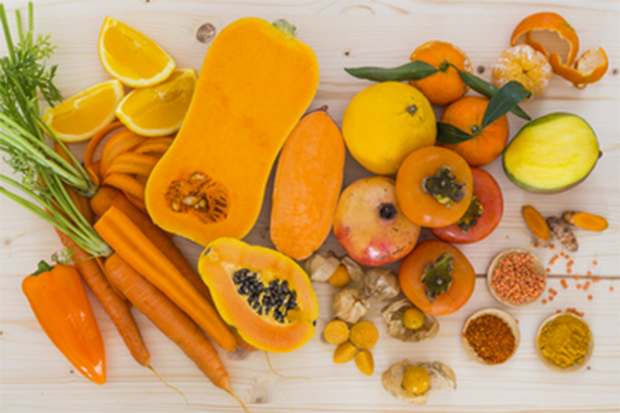|
Carrots aren’t the only foods that can help your eyes
— they’ve just gotten most of the attention; thank you, Bugs Bunny. But
many other nutritious foods not only improve your vision but also can
lower the risk of cataracts or age-related macular degeneration.
|
|
Broccoli
Packed with eye-nourishing antioxidants that protect against cell
damage, broccoli is also high in vitamin B2 (riboflavin), which helps
your eyes adapt to changes in light. Boiling broccoli destroys this
vitamin, so opt for light steaming or roasting. Top with a bit of olive
oil and lemon juice to power up its benefits. |
|
 |
|
Coffee
A morning cup of coffee may help you get through the day without the
itchy, burning, gritty irritation of dry eyes, a problem brought on by
lack of tears. Researchers at the University of Tokyo found that study
participants produced significantly more tears after swallowing the
caffeine equivalent of a couple of cups of brewed coffee. |
|

|
|
Corn
This sweet vegetable treat is rich in lutein and zeaxanthin, two
micronutrients that guard against harm from sunlight, damaging
high-energy blue wavelengths of light (computers, television sets,
smartphones), cigarette smoke and air pollution. Enjoy corn fresh,
frozen or canned. Other good bets: avocados, broccoli, eggs, kale and
spinach. |
|

|
|
Eggs
Egg yolks are packed with zinc, a trace mineral that helps keep the
retina (the light-sensitive part at the back of the eye) in tip-top
shape. A deficiency of zinc has been linked to poor night vision as well
as mental sluggishness, according to the American Optometric
Association. Beans, nuts, poultry, tofu and wheat germ are also good
sources. |
|
 |
|
Fish
Mackerel, salmon, sardines and tuna are rich in omega-3 fatty acids that
help protect against both age-related macular degeneration and
cataracts. Aim for at least two servings a week. Want a change from
fish? Try flaxseed, olives, brussels sprouts or walnuts.
|
|
 |
|
Oranges
Men and women who ate the equivalent of two vitamin C-rich oranges a day
had half the risk of developing cataracts as those who ate less than one
a day, according to a recent study of nearly 600 adults over age 65
published in BMC Ophthalmology. For a change of pace, try red bell
peppers, kiwi, grapefruit or strawberries.
|
|
 |
|
Sunflower seeds
Rich in vitamin E, a powerful antioxidant, sunflower seeds can help slow
the progression of age-related macular degeneration and cataracts. Other
foods rich in vitamin E include almonds, pecans, spinach, and safflower
and olive oils. Sprinkle a topping of sunflower seeds over a green salad
and drizzle on a bit of oil for an eye-healthy side dish.
|
|
 |
|
Bright orange fruits and vegetables
Bright orange fruits and vegetables are a great source of beta-carotene,
a nutrient the body uses to make vitamin A. Plentiful amounts of these
colorful foods help the eyes adjust to light changes and contribute to
better night vision. Other good choices: pumpkin, butternut squash and,
yes, carrots. |
|
 |